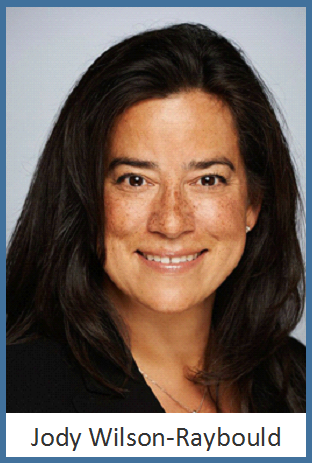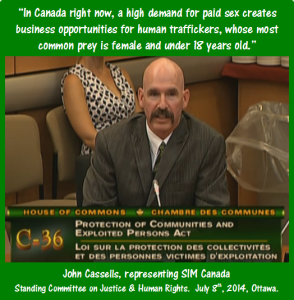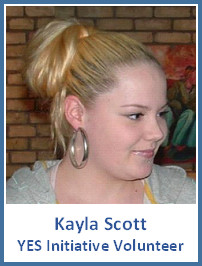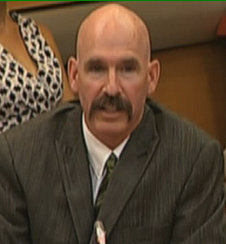Tamara Cherry, CTV Toronto
Published Monday, October 17, 2016 6:47PM EDT
A new initiative to help victims of sex trafficking navigate their way through the court system began taking shape at a Toronto-area courthouse Monday.
A young woman allegedly exploited by a pimp in the GTA sex trade for more than a year arrived at the Brampton courthouse accompanied by members of Men Ending Trafficking – a Toronto-area group made up of men who advocate against the exploitation of sex workers.
The trial for the woman’s alleged pimp was scheduled to begin Monday, but was ultimately put over until Tuesday.
“We’ve got a real problem in that the young victims are terrified,” said John Cassells of Men Ending Trafficking, a group that has aligned itself with The White Rose Movement and Haven on the Queensway to support victims of sex trafficking. “They’re going to court and they’re being intimidated. Often, they just don’t have the support around them that they need. Everything from wardrobe, what are they going to wear, right down to being able to have the confidence to take the stand and calmly and confidently tell the truth about what has happened.”
The group met up with the woman at the centre of the Brampton trial several months ago – after she had testified at the preliminary hearing for her alleged pimp. It was a process she described Monday as “awful,” given the lack of support she said she experienced in the courtroom.
One of the Peel Regional Police investigators referred her Peel Youth Village, which hooked her up with a support worker who has worked with her since July 2015. That support worker then reached out to Haven on the Queensway, which then hooked up with Cassells and Men Ending Trafficking.
“It feels so good,” the young woman, who cannot be identified, said of the support workers surrounding her at court Monday. “I don’t know what I would do without them, absolutely.”
Eduarda Sousa-Lall of Haven on the Queensway said the support for sex trafficking victims can be simple.
“I come with an approach of a mother with a heart,” Sousa-Lall said. “Just, ‘What do you want to do today? Maybe go to the movies? Go have coffee?’ Just sort of keep it real…Just to let her know that she has become a woman of courage and that we’re here.”
The alleged victim said she wants to testify in court to ensure no other young women are victimized.
“I don’t want this to happen to anyone else, right? And I feel like if I back down, then he’s just going to go out there and he’s going to do it all again,” she said.
“We see time and time again where the victims just can’t withstand the rigors of the court process,” Cassells said. “They haven’t had a voice. They haven’t been allowed to think for themselves and now they’re being asked to go face-to-face with their abusers and speak the truth about what’s happened. That’s extraordinarily difficult. Many of these young victims, too, think even after they do this, will their lives be in jeopardy? So there’s a great factor of fear around these issues.”
Asked why it was important to create a men-only organization to advocate against sex trafficking, Cassells said that many victims have grown up without a father and in situations where they are sexually abused by men.
“They’re exploited by men. The entire sex trade is funded by men who want to exploit them. They don’t know that they can trust any men,” Cassells said. “This is hopefully a very restorative process for them to begin to allow men – safe men and honourable men – to walk alongside them and support them in such a needy time of their lives.”
The young woman in this case is expected to take the stand against her alleged pimp on Wednesday.
“Every day this young woman is in court, there will be men and women who are here in her corner,” Cassells said. “We’re not out to get anybody. We’re not out to intimidate any other party. But we just want to make sure she’s not alone in this process.”
CLICK HERE for the video story by CTV News.




















